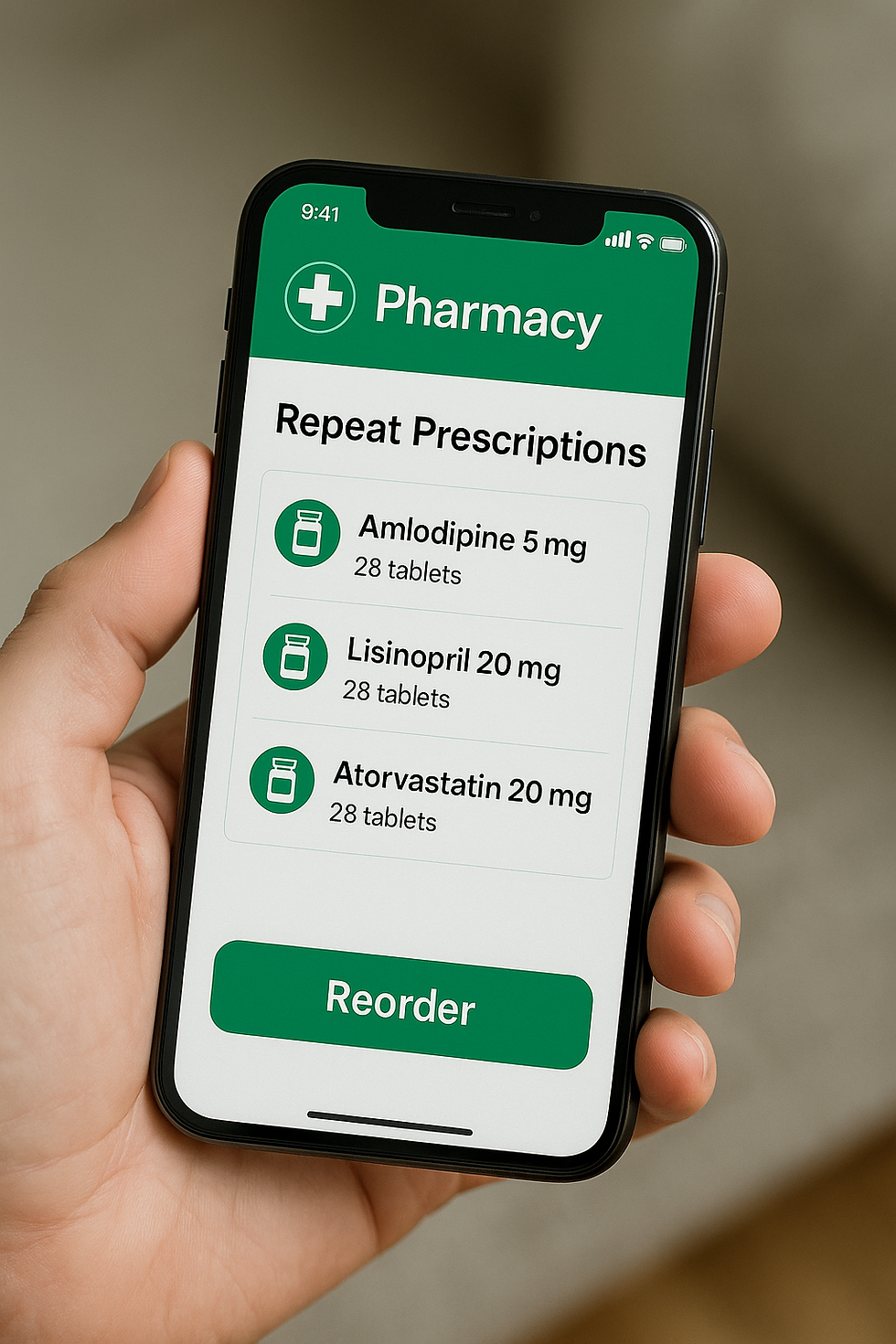Clinical Decision Support: Walking the Tightrope Between Safety and Flexibility
- Kyle

- May 22
- 3 min read
Clinical Decision Support (CDS) systems lie at the heart of modern digital prescribing. They’re the invisible co-pilots that shape clinical workflows, nudge prescribers toward safer practice, and prevent avoidable harm, or at least, that’s the goal.
But like many things in digital health, CDS isn't black and white. It's a spectrum and at its extremes, it can either expose clinicians to unacceptable risk or constrain them so tightly that safe, effective care becomes harder to deliver.
The real skill lies in balancing safety with flexibility and that balance isn’t easy.

The Zero CDS Scenario: Clinical Freedom, Systemic Risk
Imagine a system with zero clinical decision support. There are no alerts, no embedded clinical rules, no prompts, and no restrictions. It’s a blank canvas, but that freedom comes with heavy responsibility.
Clinicians must rely solely on memory, knowledge, and independent judgment. While this might work in a perfect world, the realities of busy clinical settings, distractions, fatigue, cross-covering unfamiliar specialties, make this model risky.
Examples of zero CDS include:
Free-text dose entry with no range checks: A mistyped “1000 mg” instead of “100 mg” goes unnoticed.
No interaction checking: A patient is prescribed two QT-prolonging drugs with no warning.
No duplicate therapy alerts: Multiple anticoagulants are prescribed concurrently, an easy-to-miss oversight with potentially fatal consequences.
No prompts for required co-prescribing, like PPI cover with long-term NSAIDs.
In this model, safety depends entirely on human perfection. But humans are fallible and systems designed without guardrails will see those failings surface, often with real-world harm.
The Fully Maximised CDS Model: Safety, or a Straitjacket?
On the other end of the spectrum is the fully maximised CDS model, a tightly locked-down system where every prescribing decision must follow a predefined set of rules, protocols, and safety parameters.
At first glance, it seems like the safest approach. But safety on paper doesn’t always translate to safety in practice.
Examples of over-engineered CDS include:
Hard stops on dose frequency that prevent a consultant from prescribing a loading dose outside standard protocol, even with clinical justification.
Excessive alerts that fire for minor interactions, outdated formulary notes, or duplicated non-harmful therapies, until clinicians stop reading them altogether.
Pathways so rigid that rare-but-valid scenarios can't be supported without back-and-forth with digital teams or submitting change requests that take weeks.
This creates a false sense of control. Clinicians grow frustrated. Some turn to workarounds, like selecting the “wrong” indication just to get a medication through, or clicking through alerts without reading them, classic alert fatigue in action.
And the paradox? Too many alerts make the system less safe, not more. If everything is flagged, nothing stands out.
The Real Conundrum: Just Because You Can, Doesn’t Mean You Should
It’s easy to fall into the trap of thinking: “We can restrict this, so let’s do it.” But this kind of blanket lockdown often ignores the messy nuance of real-world clinical practice.
Some clinical variation is not only expected, it’s necessary.
CDS should support decision-making, not replace it. It should help prevent harm, not prevent care. Building safety into system design means knowing when to guide and when to step aside.
The art lies in choosing what to control, and when and being prepared to revisit those decisions regularly.
Finding the Balance: Designing with Empathy and Insight
The most effective CDS systems do a few things well:
✅ They intervene only when needed, using intelligent, context-sensitive alerts.
✅ They respect clinical autonomy, allowing safe deviations where appropriate.
✅ They evolve over time, informed by user feedback and real-world data.
✅ They minimise noise, so that when an alert does fire, clinicians pay attention.
This isn’t a one-off project, it is a continuous process of refinement, governance, and human-centred design. Digital safety is not a checkbox, it is a journey.
And most importantly, it’s not about achieving maximum control, it’s about achieving meaningful support.
Conclusion: Guardrail, Not Cage
Think of CDS like a guardrail on a mountain road. It’s not there to steer the car, that’s the clinician’s job. It’s there to stop the vehicle going over the edge when something goes wrong.
Remove the guardrail entirely? Dangerous.
Build one so rigid that it blocks the road? Also dangerous.
Design it thoughtfully, adjust it when needed, and make it part of a wider system of human and digital collaboration? That is the sweet spot.
So, when we build or evaluate CDS systems, the question is never: “How much control can we impose?”
It is: “How much support can we offer without compromising flexibility, trust, and care?”
Because in the end, getting the balance right is the difference between a system that protects and one that punishes.




Comments